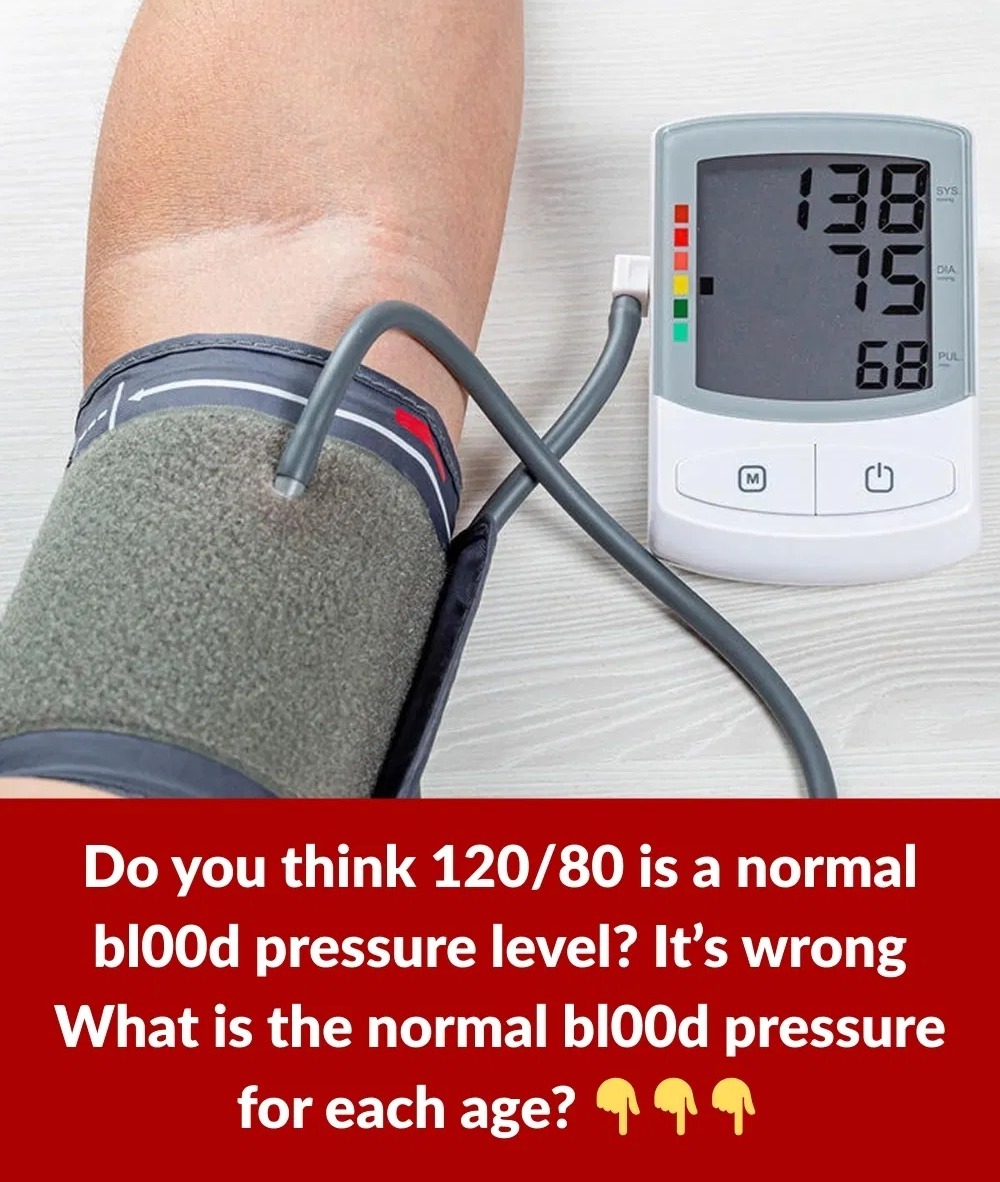Blood pressure isn’t just a number your doctor checks at your annual visit — it’s a vital window into your heart’s health. And as you age, that number becomes more important than ever.
Understanding how blood pressure evolves over time, and what’s considered healthy for your age group, can help you take proactive steps to protect yourself from serious conditions like heart disease, stroke, and kidney issues.
Why Blood Pressure Matters
Blood pressure is the force of blood pushing against the walls of your arteries as your heart pumps it through your body. It’s one of the most telling indicators of your cardiovascular health — and a key player in identifying risks before they become crises.
While the ideal blood pressure is often cited as around 120/80 mm Hg, what’s considered “normal” can shift slightly based on age, health history, and other individual factors.
For most people, the following is a guide.
| Bl00d pressure | Systolic (top number) mm Hg | Diastolic (bottom number) mm Hg |
|---|---|---|
| Low | Less than 90 | Less than 60 |
| Optimal | Less than 120 | Less than 80 |
| Normal | 120–129 | 80–84 |
| Normal to high | 130–139 | 85–89 |
| High | Greater than 140 | Greater than 90 |
Around 120/80 mm Hg is often considered a typical blood pressure reading.
